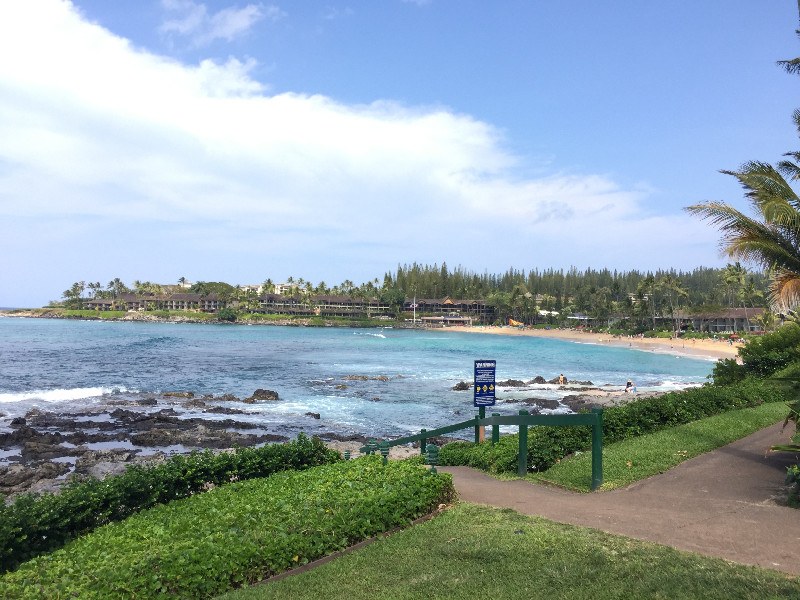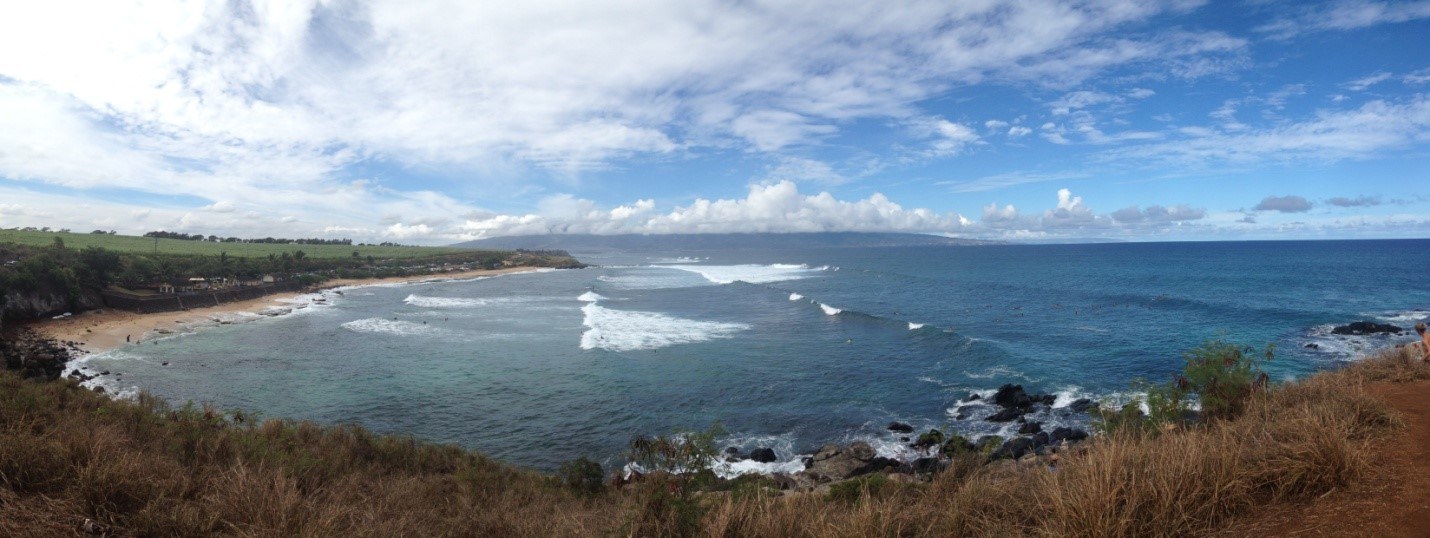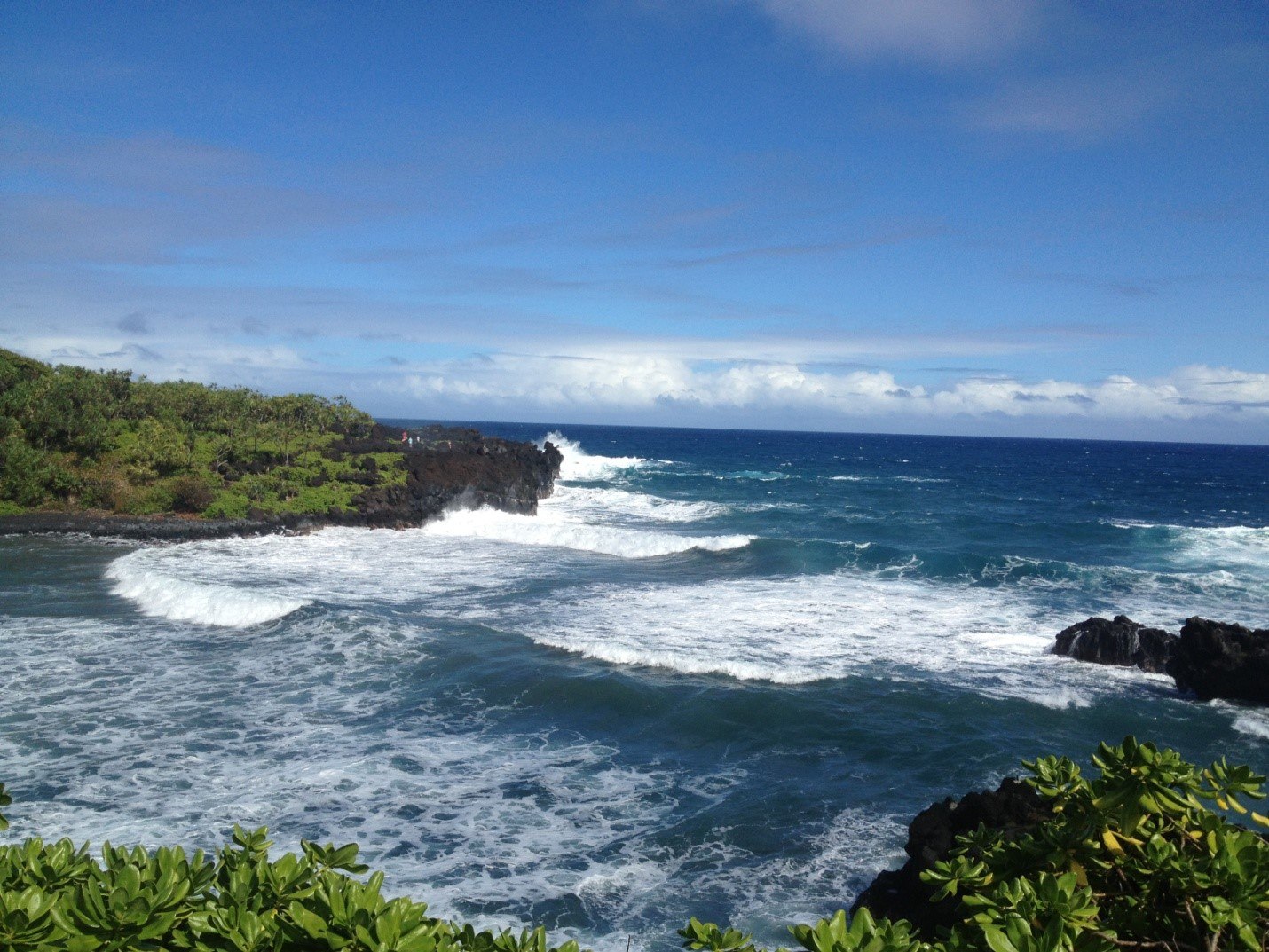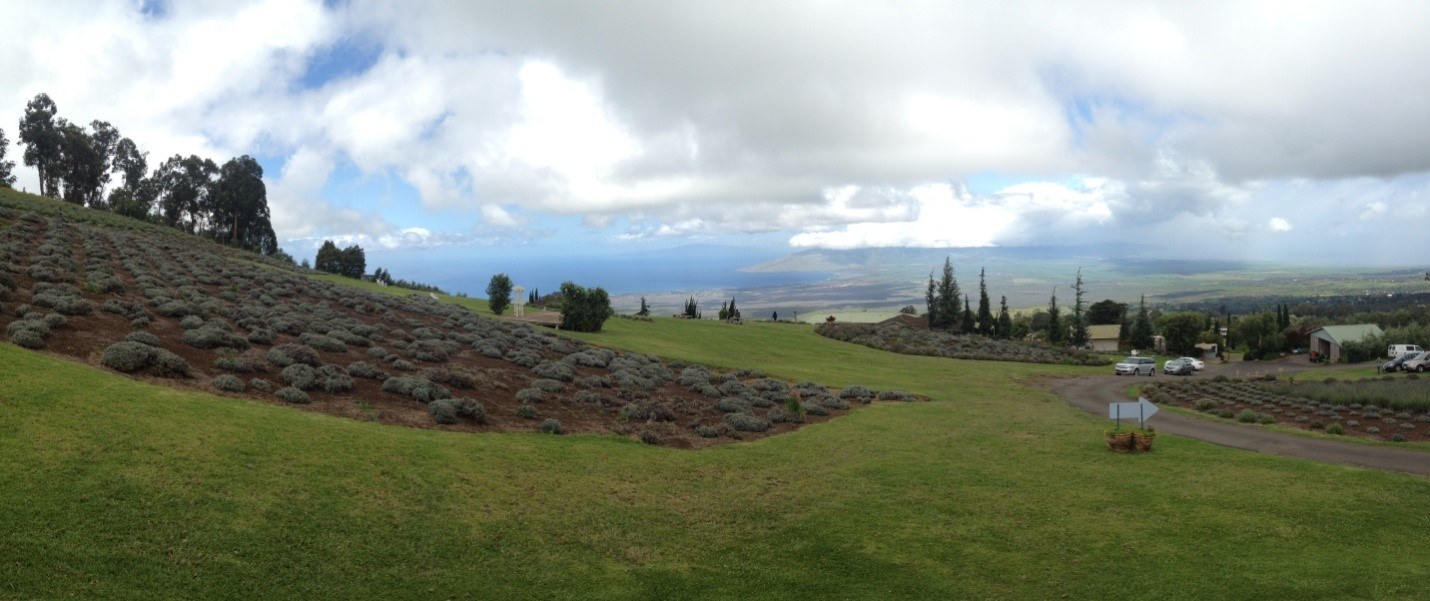On a map, Maui resembles a sloppy figure 8. That’s how I refer to it, at least, since most visitors want to drive the Road to Hana and continue to Kaupo and Upcountry. Many also want to travel past Lahaina and Kapalua, around to Kahakuloa, and back through Kahului.
Sounds confusing, but you can actually accomplish this in one day and you would basically be driving a figure 8… that is if you don’t stop to appreciate all the beauty you paid a decent amount of money to see. Crazy, right? Anyways, most people who live on Maui group these towns into regions.

West Maui refers to the Lahaina side of the island where you also drive through Olawalu and continue past through Kaanapali, Honokowai, Napili, Kapalua, and around to Kahakuloa. Lahaina is a major tourist destination and Kaanapali and Kapalua are resort communities that are closest to Lahaina. It’s all about beaches, paddle boarding, snorkeling, and relaxing on the west side with many major resorts scattered along the shoreline.

Central Maui refers to the towns surrounding the airport and harbor. It is the industrial, transportation, retail hub of Maui and mostly populated by residents. Kahului is the first city most visitors see and the neighboring towns of Wailuku, Waihee-Waiehu, Waikapu are mostly residential. Ma’alaea is mostly a vacation condo town and also has a major harbor as well as the Maui Ocean Center.
North Shore is where the biggest surf is found. You begin the Road to Hana when you pass through the quaint surfer town of Paia where you will find some of the best affordable food on the island as well as beautiful beaches and shopping. North Shore beaches from Baldwin to Hookipa provide incredible surfing, wind surfing, body boarding, and snorkeling. You also travel through Haiku and Huelo to Keanae where the lushness of the road to Hana begins to dominate the landscape. Many hiking trails and waterfalls are found in these areas.

East Maui refers to everything past Keanae including Nahiku, Hana, Kipahulu, and Kaupo. Maui is most famous for its beaches but is also well known for the secluded beauty of Hana. The Road to Hana is one of the most beautiful drives in the world. The majority of travelers drive the entire road and back to their hotel all on the same day. Others choose to immerse themselves in the tropical rainforests of East Maui. The air is refreshing, the hikes are amazing, and the waterfalls are breathtaking.

Upcountry Maui provide some of the most astonishing views and sunsets you will ever witness. One of my favorite things to do after a Road to Hana trip is to stop Upcountry and watch the sunset somewhere between Ulapalakua and Makawao. There are farms and ranches blanketing up country until you get near the top of Haleakala. You’d never think you could go horseback riding through a forest of pine, eucalyptus, and tropical ash, and koa trees on Maui. You might also encounter herds of cows, goats, and horses. Don’t forget to visit one of the lavender farms as well.

Saving the best for last, in my opinion at least, is South Maui. Kihei, Wailea, and Makena are the towns that make up South Maui. South Maui is much like West Maui in that it is a mix of residential communities, vacation rentals, and large resorts. The one difference is that virtually the entire coastline of South Maui is lined with golden sandy beaches. Some of them are narrow walking beaches while many are beautiful and large. There is usually a path from one beach to the next so you can walk for miles without touching a roadway of any kind.
Beach life is the life in South Maui. The waters are full of tropical fish, coral, and sea turtles. Paddleboarding along the South Maui Coast is one of the most enjoyable experiences you can have. It’s also a great way to stay in shape.


Leave your opinion here. Please be nice. Your Email address will be kept private, this form is secure and we never spam you.